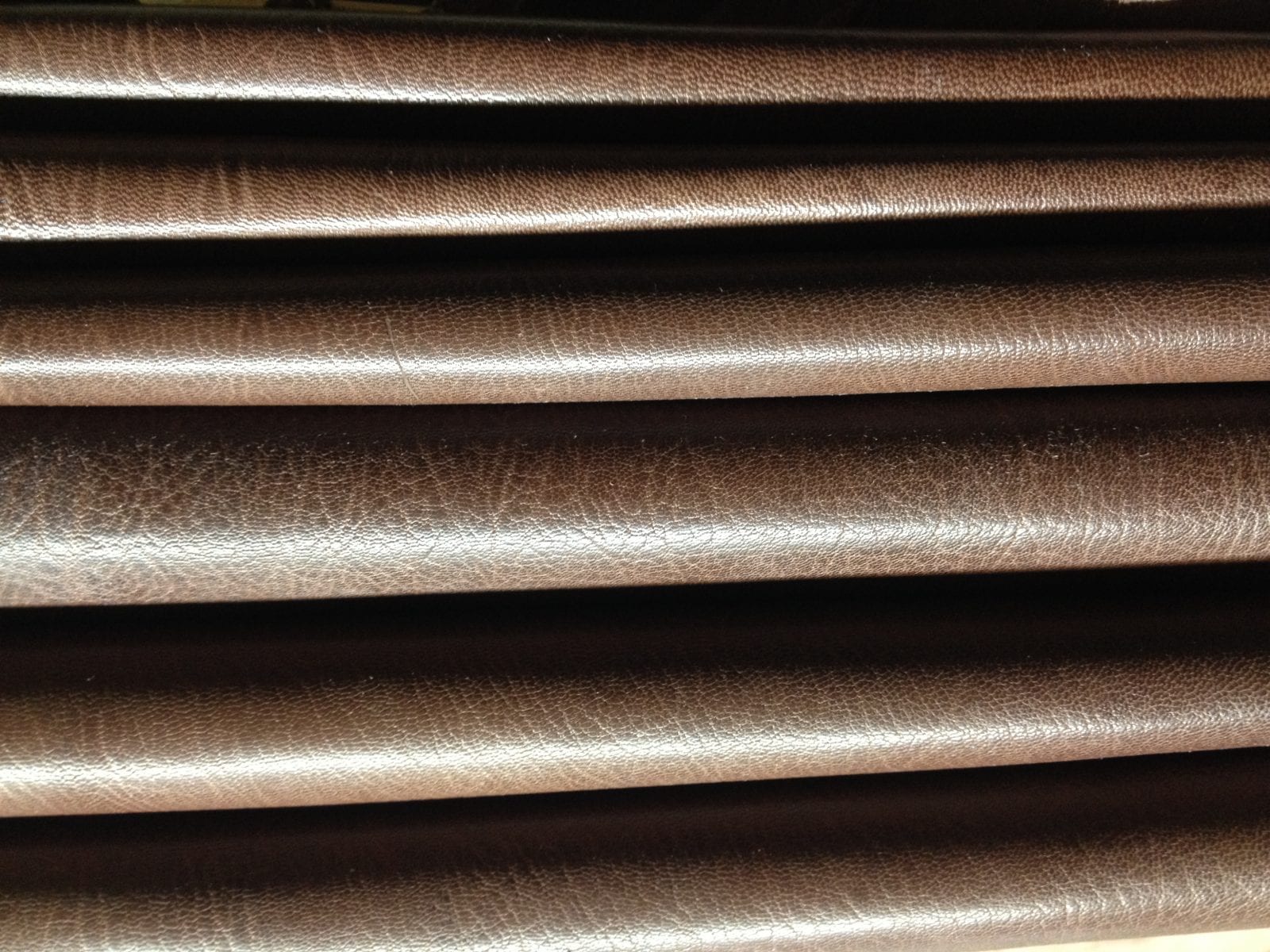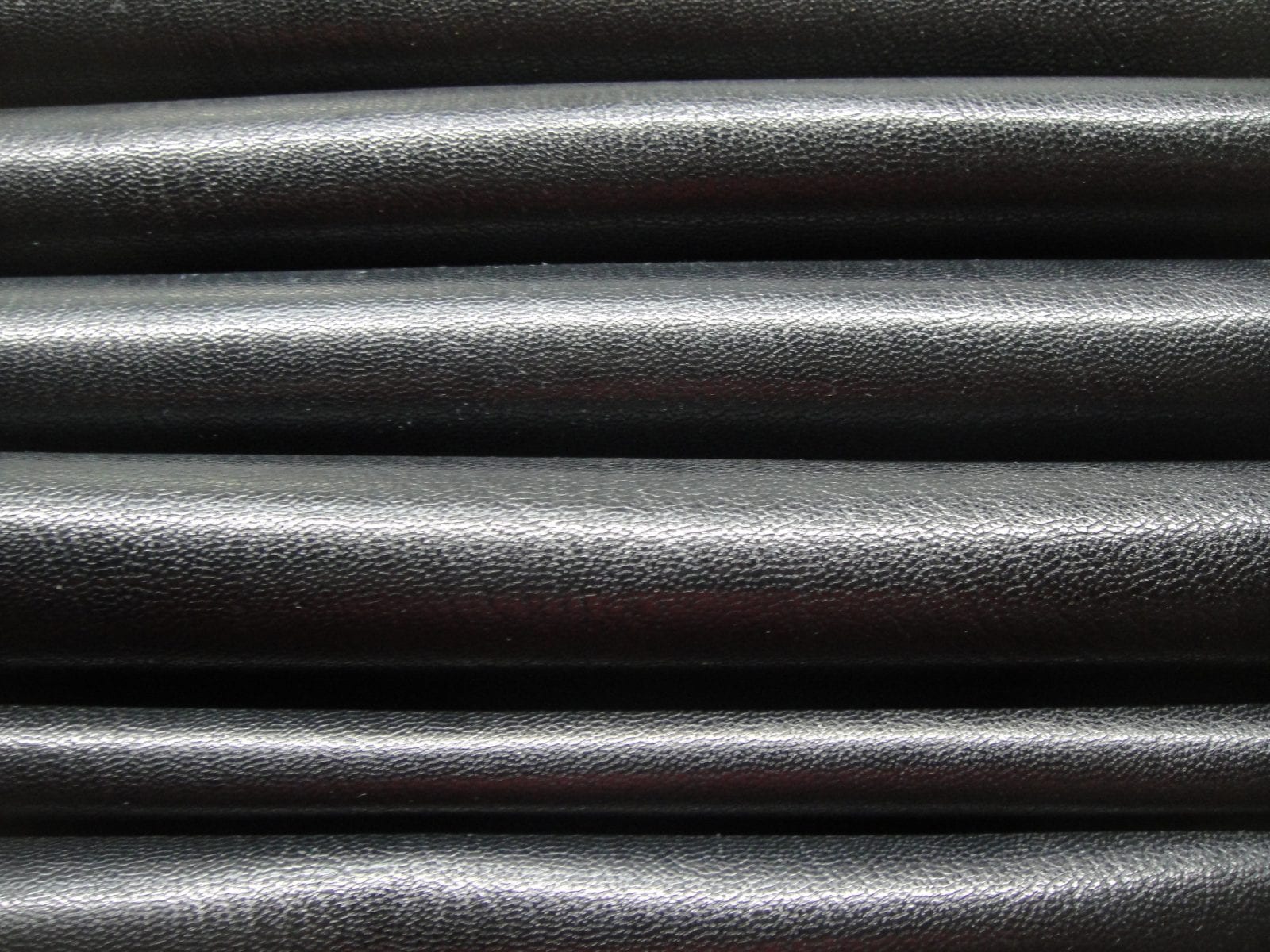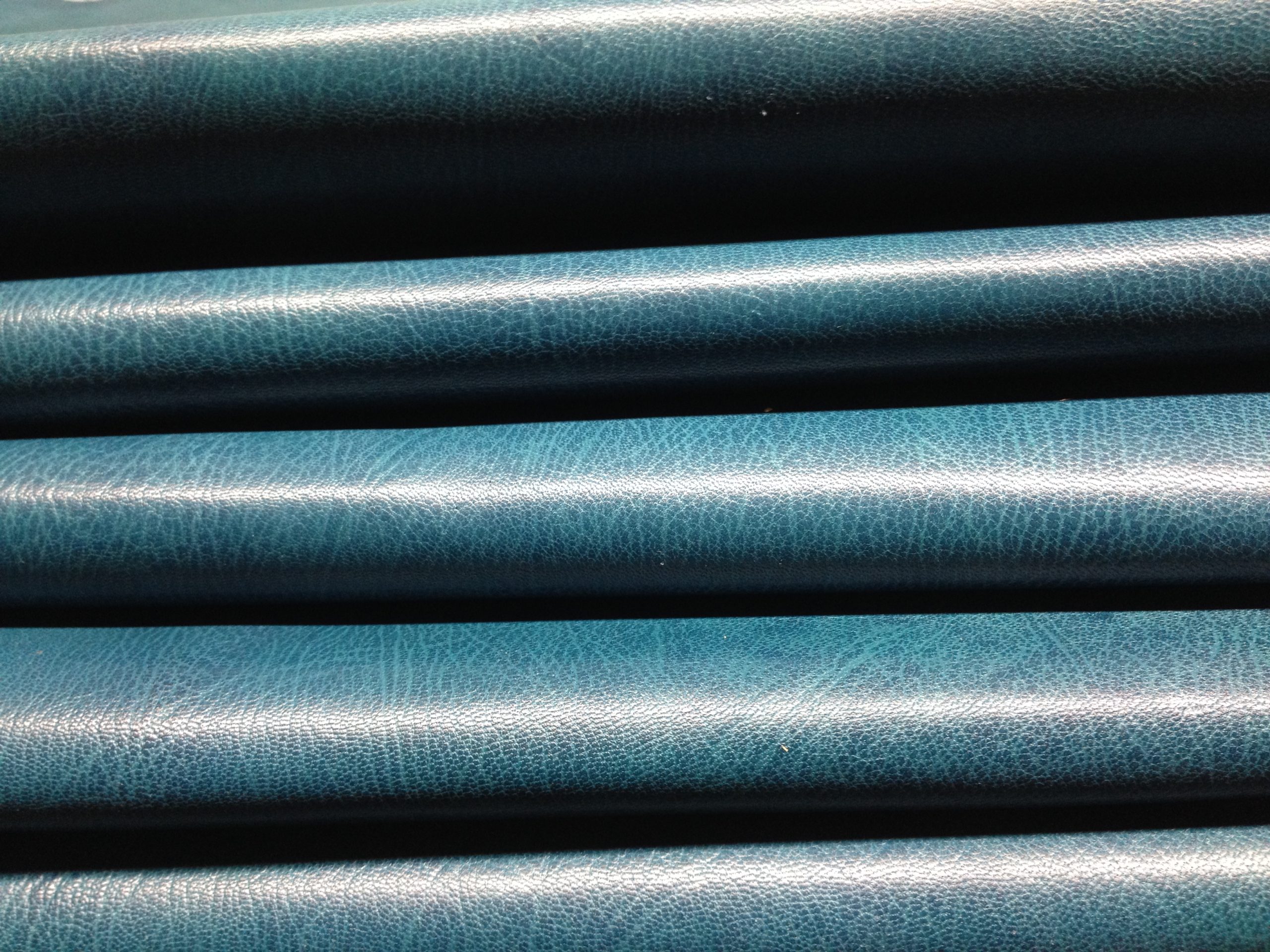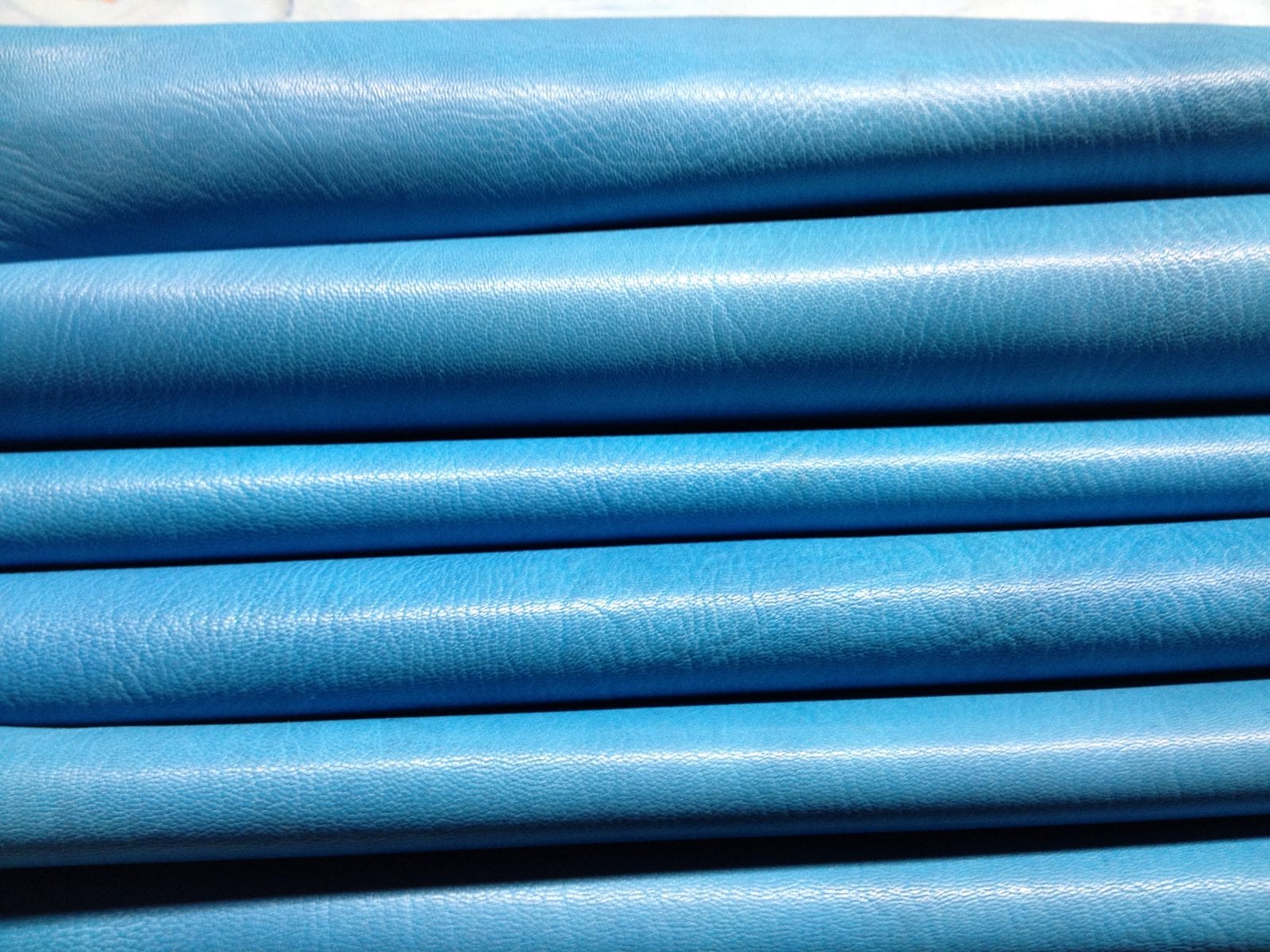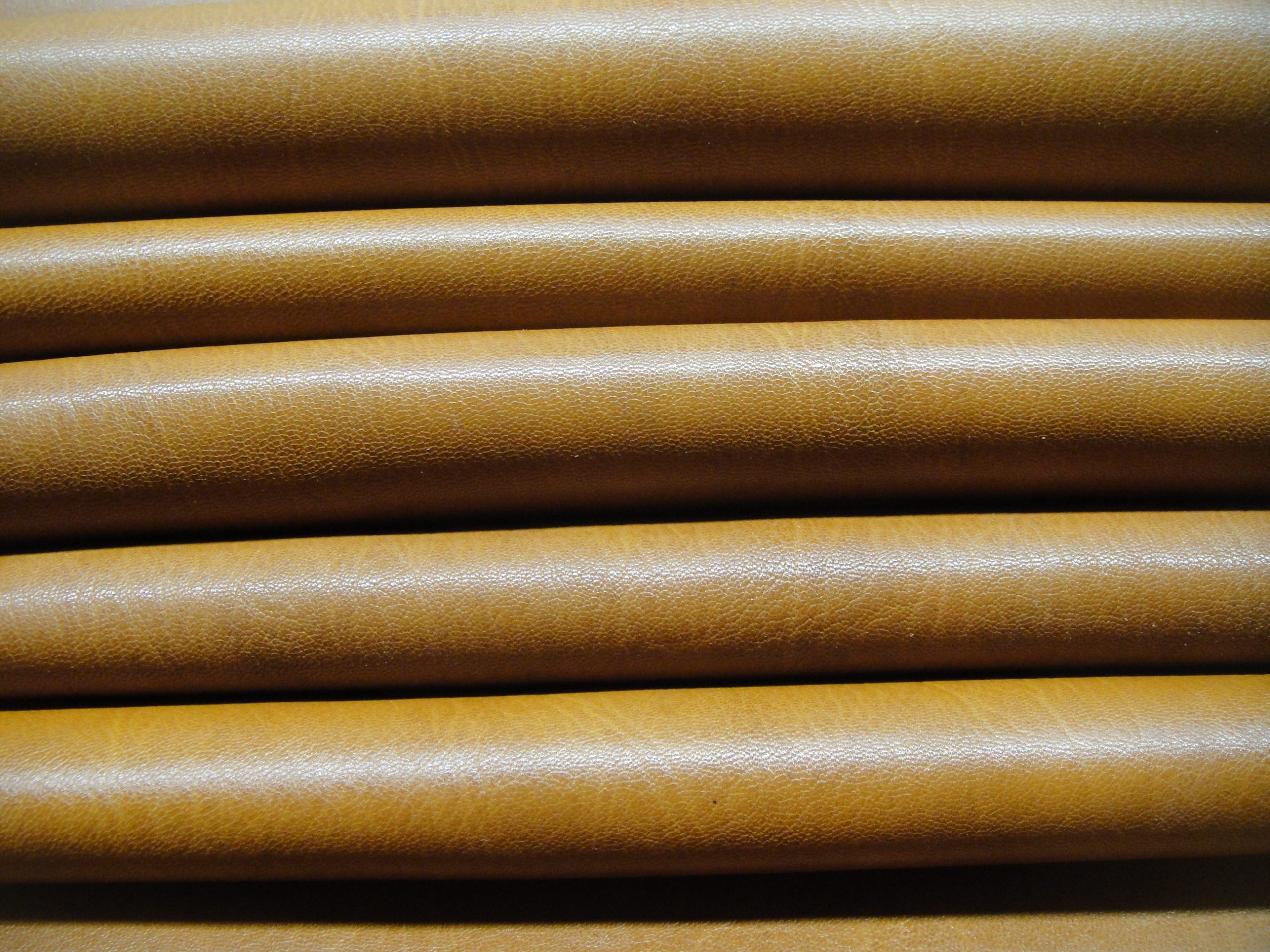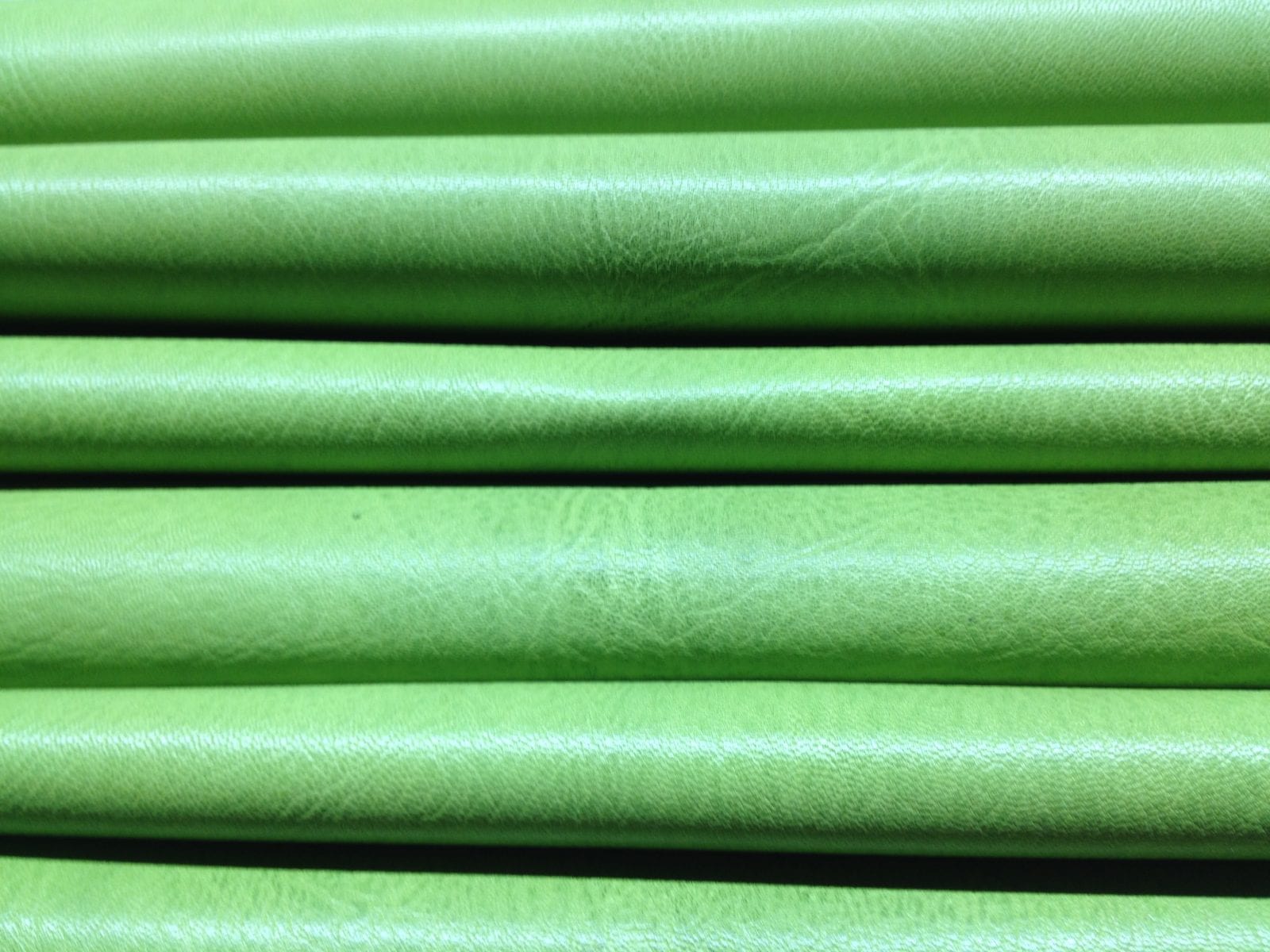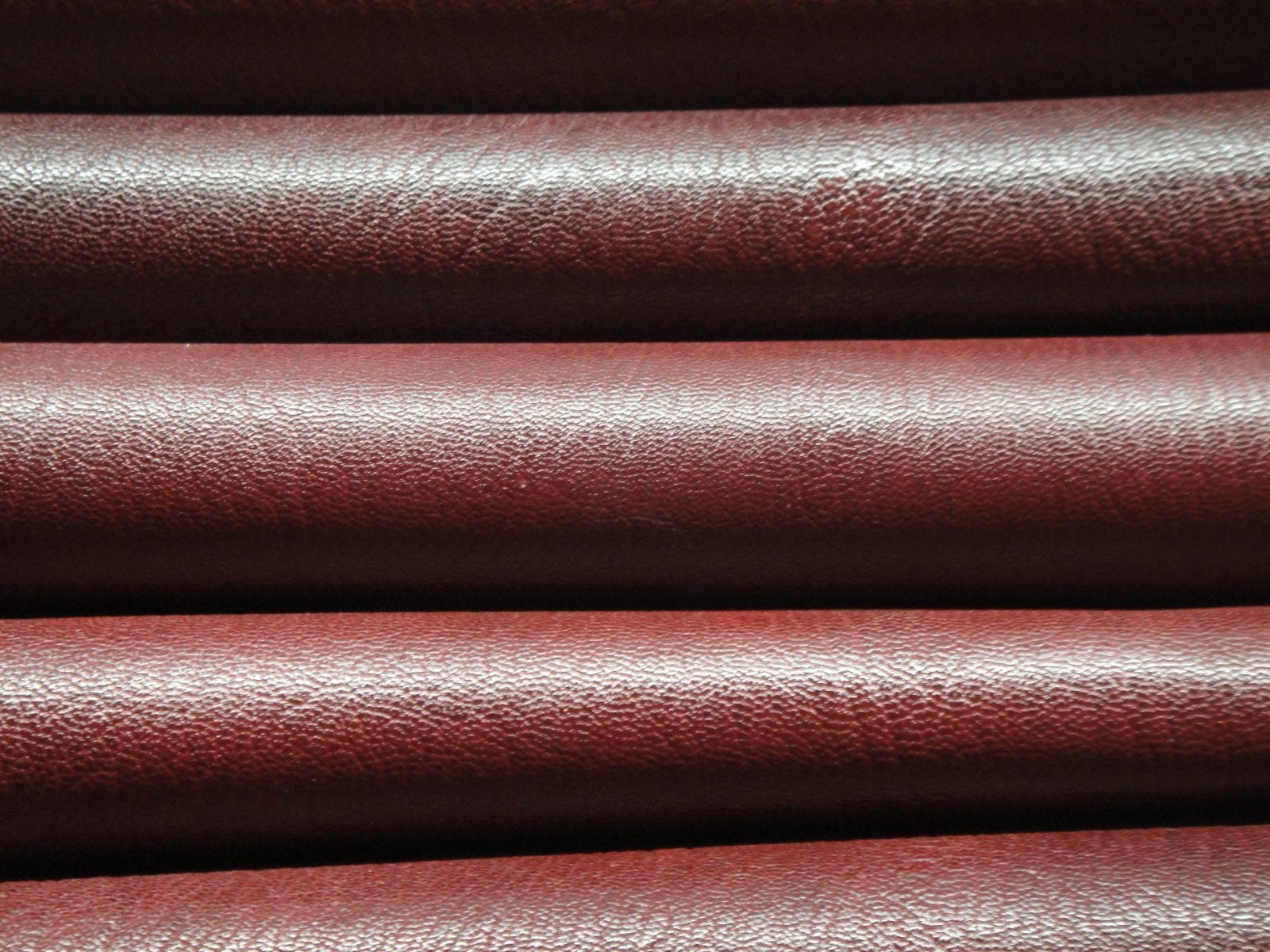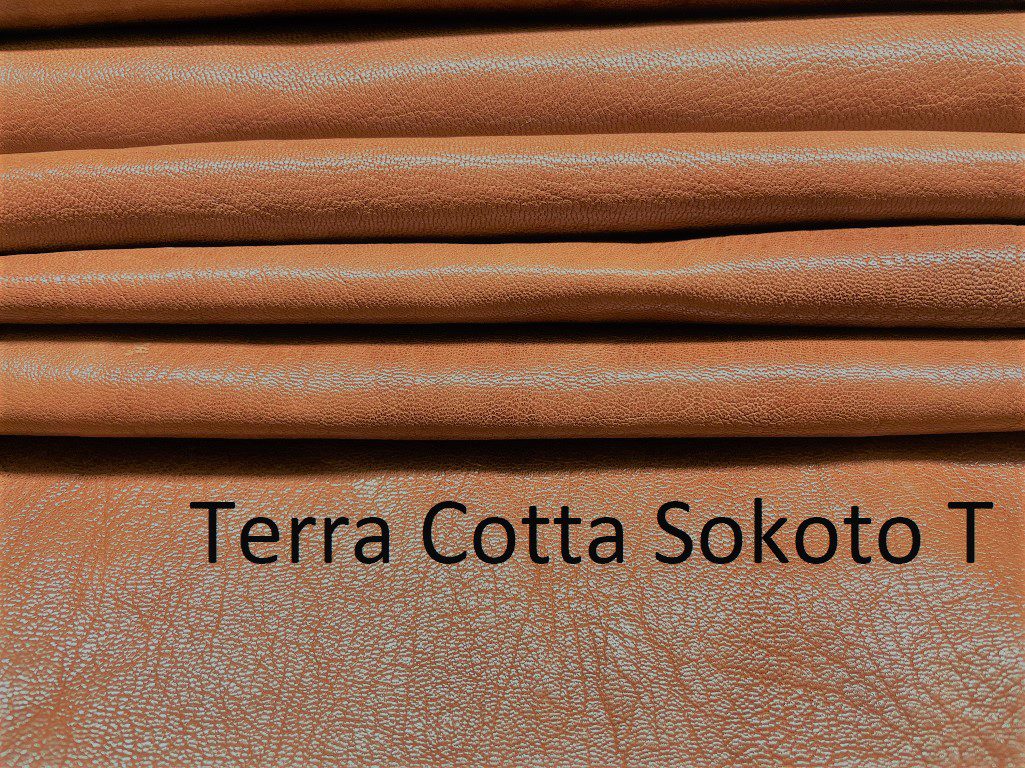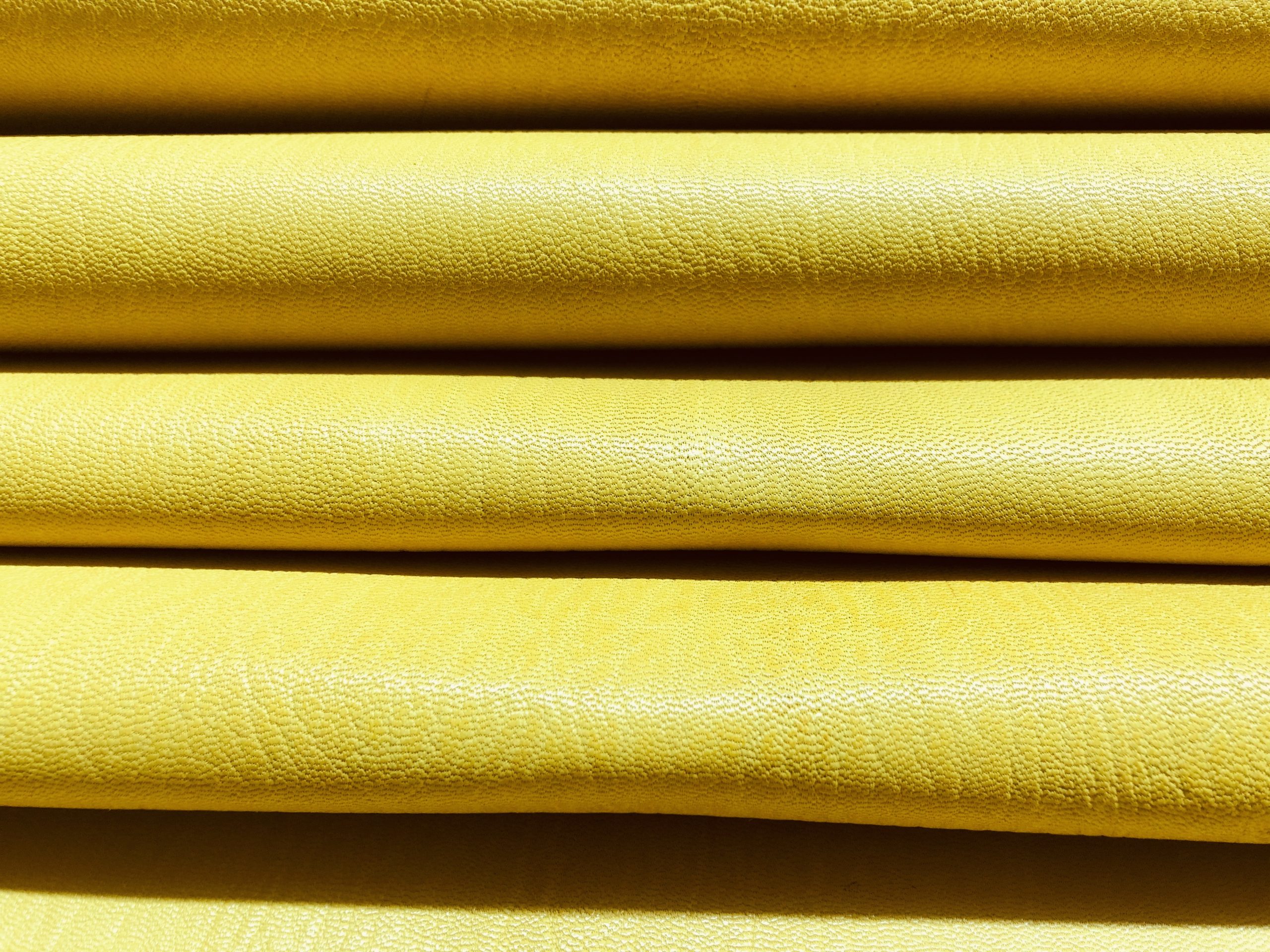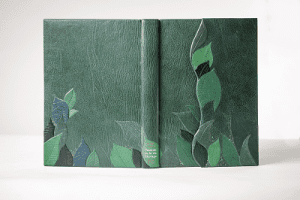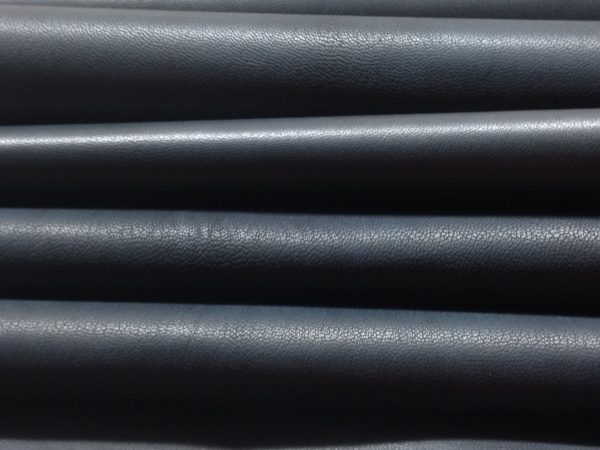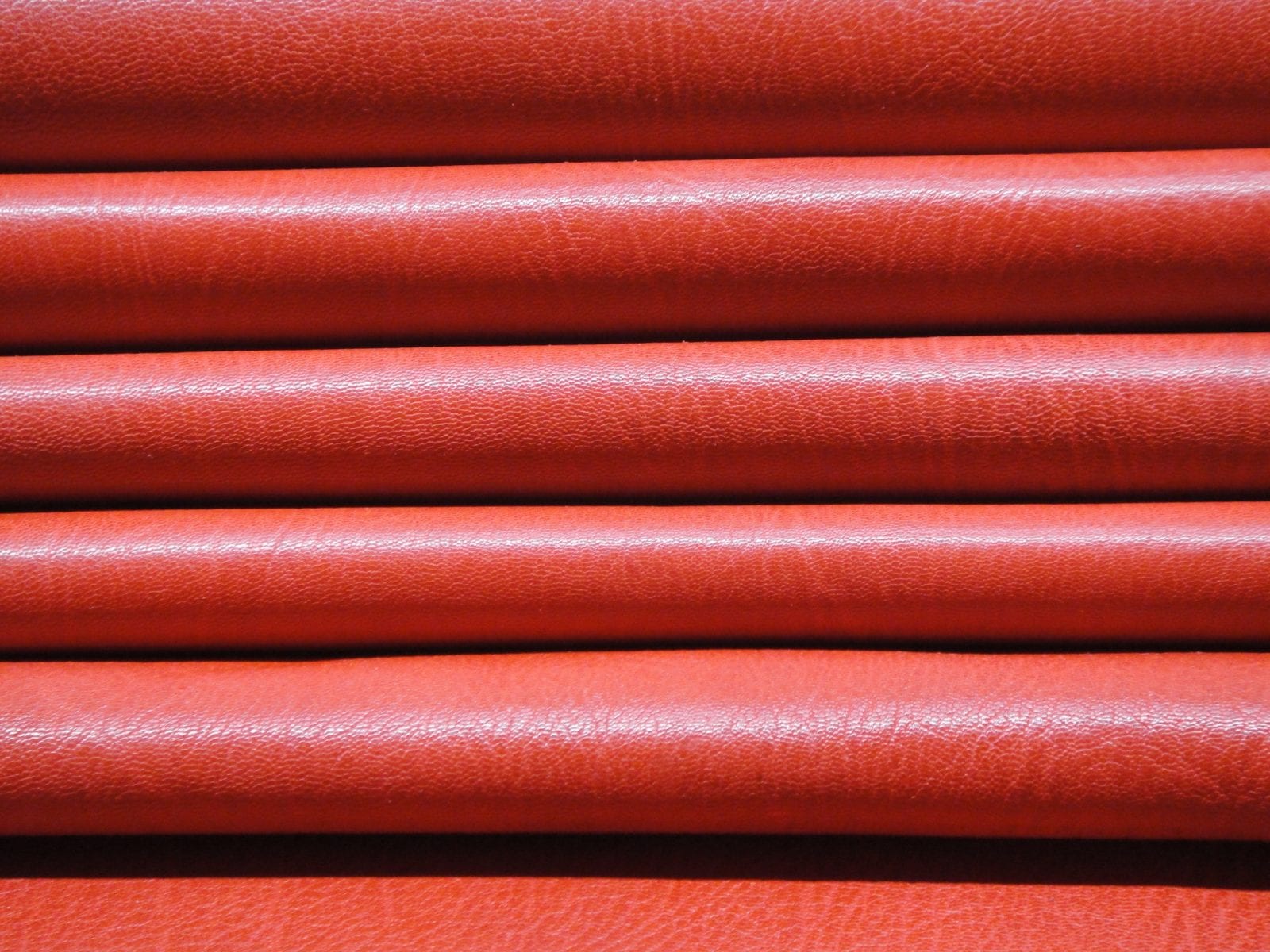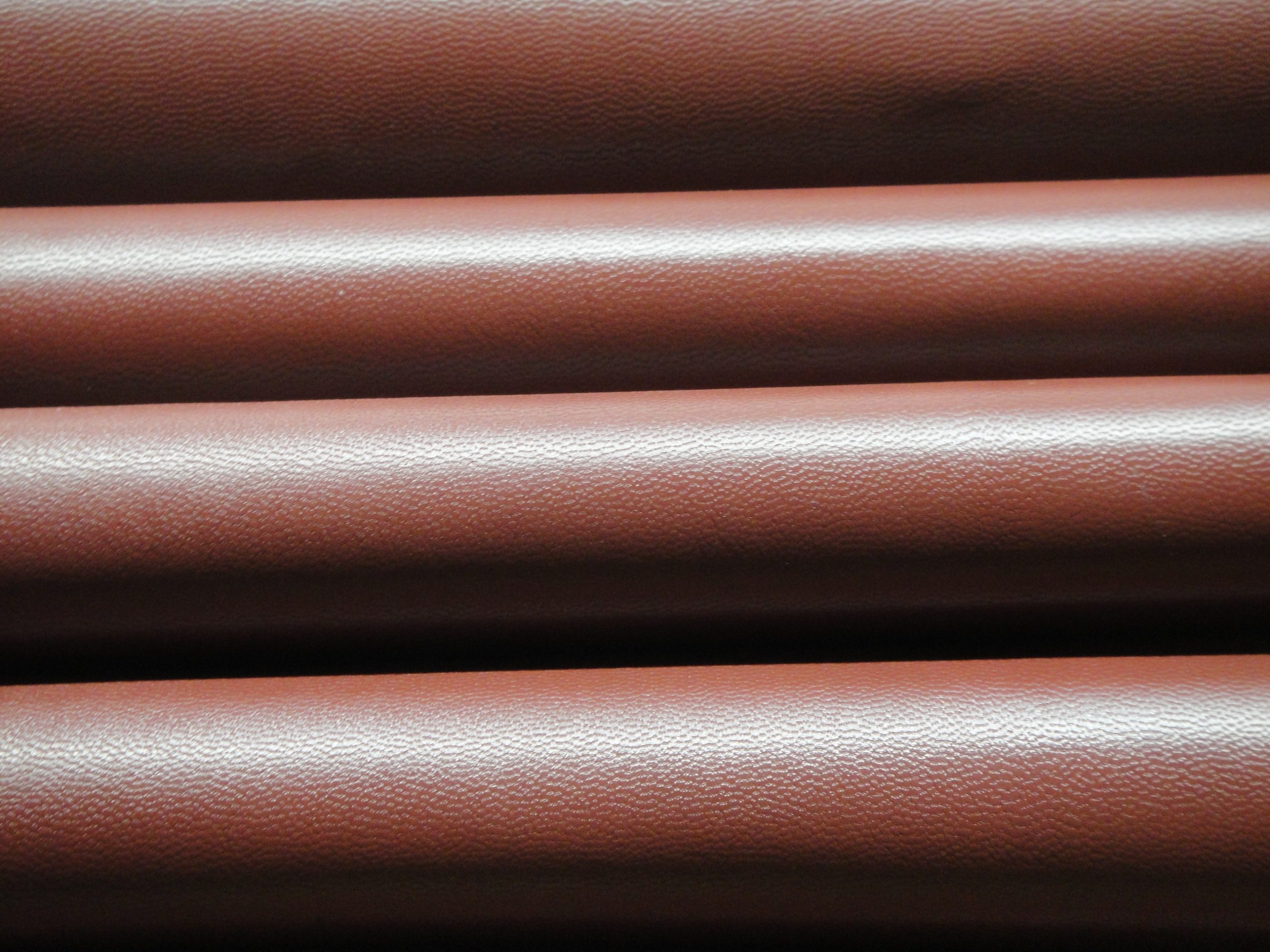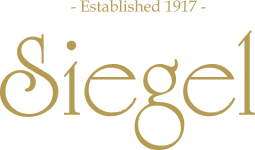Description
Freight is 14.95/order in Continental USA, 63.95/order outside Discount of $10/item when purchasing 3 or more items which may be assorted among our complete offering of bookbinding leathers
Our three products, produced by our partnership, Chemist LLC, Sokoto™ Morocco, Sokoto™ Traditional and NTND are all produced in cooperatives in Sokoto™, Nigeria. From every production which we make, funds are additionally set aside and donated to local charities. All of these leathers use natural biologicals in their production to the crust. These are genuine Sokoto™ skins. There is a confusion in the industry with skins produced from Indian goats, where the grain has been “manipulated” (embossed), then tumbled to produce an imitation. As there are no longer clear definitions, the preponderance of the trade would not call this a corrected grain, but certainly an imitation. If you are looking for an imitation of Nigerian skins you will have to purchase elsewhere.
Throughout history, Sokoto™ goat has been the premier vegetable tanned goat available (see Report of the Committee on Leather for Bookbinding, Royal Society of Arts, London 1905. Because these skins come from Nigeria, a region in political turmoil, they are very difficult to obtain. Other vendors may offer manipulated grain imitations of these skins as this leather is so attractive.
About Sokoto™ Goatskins
The raw stock is selected from Sokoto™. The skins are pre-tanned in bagaruwa, prepared from the seed pods of the bagaruwa tree (also known as Acacia Arabica). The production uses NO petrochemicals, only native botanicals, Environnmentally friendly They are then shipped to the EU to be colored and over-tanned. In the EU, “normal” vegetable tanned commercial chemicals are used for further coloring/processing (Some of these are from petrochemicals)
All Skins are 40-59 sq dm , Low grade, only suitable for trim, re-dye, corners, spines ….
40 sq dm = 4.31 sq ft 50 sq dm = 5.38 sq ft 60 sq dm = 6.46 sq ft 70 sq dm =7.54 sq ft
The downgrading is primarily for discoloration, rarely for holes.
These skins are really low grades…. There is extensive discoloration and could be/probably present grain scratches (natural)… There is no pigment on the surface so it can be readily dyed to another color. It is great for someone to practice their skills on this leather without purchasing a better grade skin.
Our current price structure is as follows: (This leather is also suitable for fine small leather goods.)

All Skins are 40-59 sq dm , Low grade, only suitable for trim, re-dye, corners, spines ….
Skins can be easily re-dyed to a darker color, e.g. Black
GREAT for students to learn leather skills

